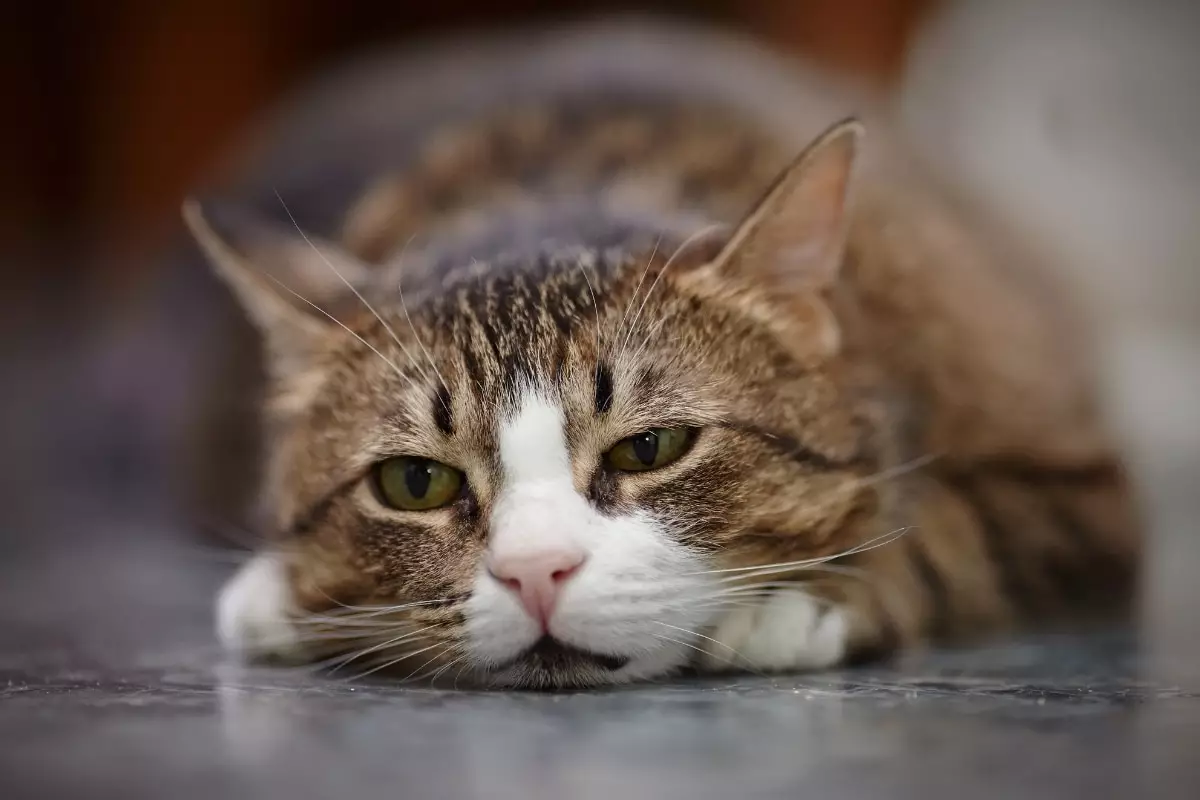Cats are often perceived as independent creatures, seemingly content with their solitary ways. However, beneath that aloof exterior lies a need for companionship and interaction that is crucial for their emotional health. When a cat displays changes in behavior, it may signal loneliness and a desire for more engagement from their owners. Recognizing these signs can help you nurture your pet’s mental well-being and strengthen your bond. Let’s explore the indicators that your cat is yearning for some extra TLC.
While cats are known for their quiet demeanor, an uptick in vocalizations is often one of the first signs that something is amiss. If your feline friend begins to meow or yowl more frequently, consider it a call for attention. This vocalization spike may occur during moments when you’re preoccupied or late at night—times when their feelings of neglect may intensify. By responding to their calls promptly, you reassure your cat that they are loved and significant, fostering a happier environment for both.
Cats typically enjoy their personal space, but if your normally independent pet begins to shadow you consistently, it could indicate feelings of insecurity. This clinginess may take the form of your cat sitting on your lap or insisting on being nearby as you go about your daily tasks. While some level of attachment is normal, an excessive need for closeness suggests that your pet is looking for emotional support. Allocating regular cuddle sessions and interactive play could satisfy their craving for connection and alleviate any feelings of loneliness.
When left to their own devices, cats may resort to destructive behaviors such as scratching furniture or knocking items off tables. These actions are often manifestations of frustration stemming from boredom or loneliness. A bored cat lacks mental and physical stimulation, leading them to engage in activities that may not align with their usual demeanor. Introducing stimulating toys and creating an enriching environment can redirect their restless energy toward more positive outlets.
Excessive Grooming: The Stress Indicator
While grooming is a crucial aspect of a cat’s self-care routine, excessive grooming can signal emotional distress. If your cat begins to groom themselves to the point of developing bald patches or skin irritations, it may reflect anxiety or loneliness. Addressing this behavior will require increased social interaction and mental engagement to alleviate the emotional strain they are experiencing. A combination of regular playtime and affection will help restore your cat’s sense of security.
Cats can be picky eaters, but a sudden disinterest in food can often be a red flag. If you notice your cat eating less or refusing meals, they may be feeling neglected or under stress. Changes in appetite can signal both emotional and physical issues, so it’s important to keep an eye on this behavior. Boosting your pet’s emotional health through increased attention and a varied stimulating environment can help rekindle their interest in food.
Cats are known for sleeping a significant portion of the day, but if your feline friend suddenly starts sleeping excessively, it could indicate boredom or loneliness. Over-sleeping is often a coping mechanism for pets when they lack sufficient interaction and mental stimulation. Engaging your cat during their waking hours with new activities, toys, or play sessions can brighten their spirits and break their routine of lethargy.
Cats are creatures of habit, particularly regarding their litter box routines. A sudden change in litter box behavior may suggest underlying emotional issues. This avoidance may arise from stress related to feelings of exclusion or insecurity in their environment. Addressing your cat’s emotional needs by providing reassurance and a secure space can help resolve this troubling behavior.
If your cat exhibits irritability or aggression towards you or other pets, it’s crucial to recognize that these behaviors often stem from feelings of insecurity or neglect. A previously gentle cat may become hostile under emotional stress, disrupting the household dynamic. Establishing a supportive environment, marked by understanding and attention, can help ease your cat’s anxiety and restore harmony.
While cats may occasionally seek solitude, an increase in hiding behaviors is usually a sign of anxiety or emotional discomfort. A cat withdrawing too often from household activities might be struggling with feelings of exclusion. Building a cozy environment with safe hiding spots can help your cat feel secure and included, paving the way for more positive interactions.
A cat’s emotional health should never be underestimated. The signs of loneliness may be subtle but are crucial indicators of your pet’s well-being. By fostering a nurturing atmosphere and paying attention to your cat’s needs, you can help them thrive emotionally and socially. A little extra love and interaction goes a long way in guaranteeing that your feline friend feels like a cherished member of the family. Remember, a happier cat translates to a more joyful home for all.

